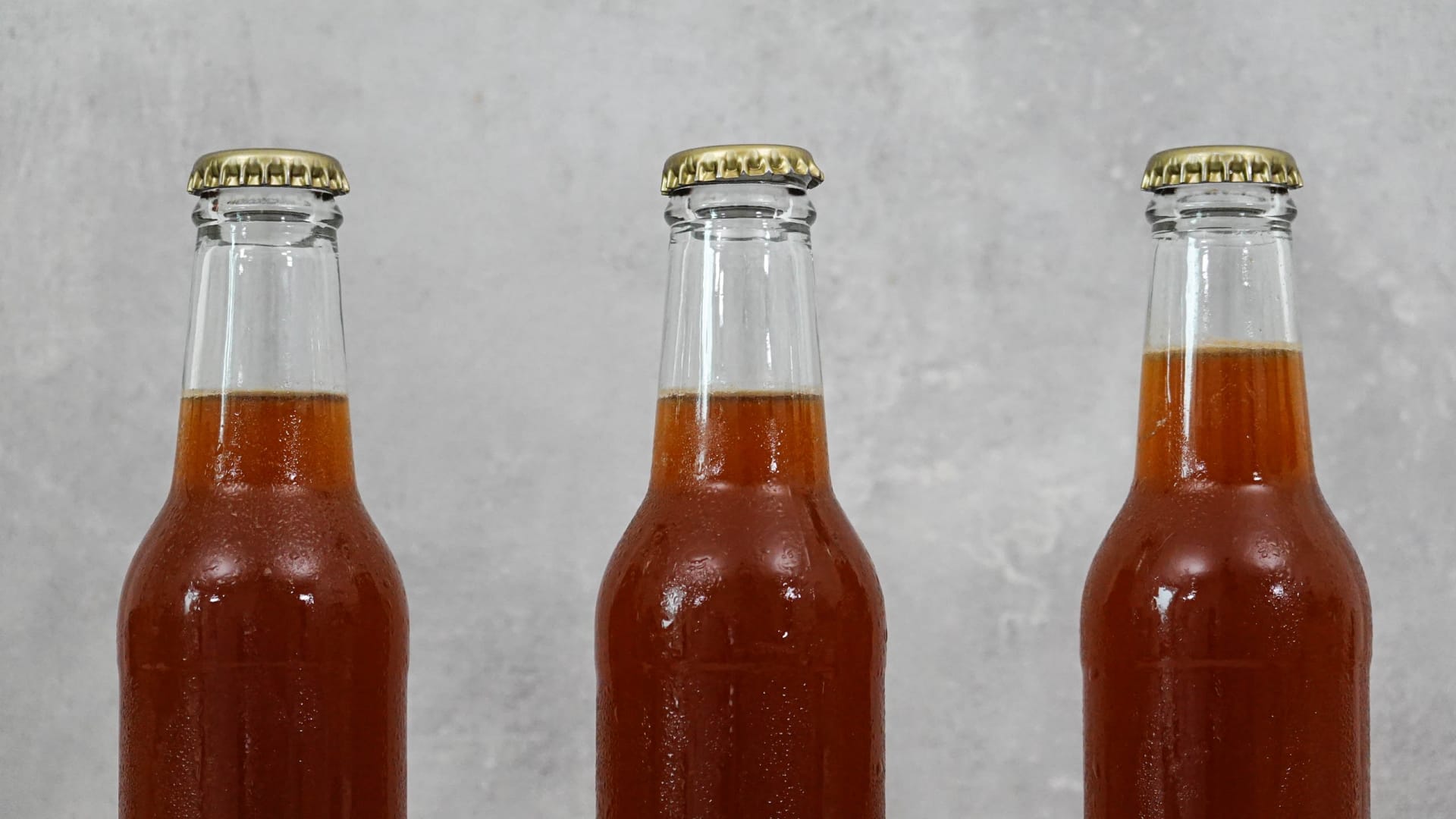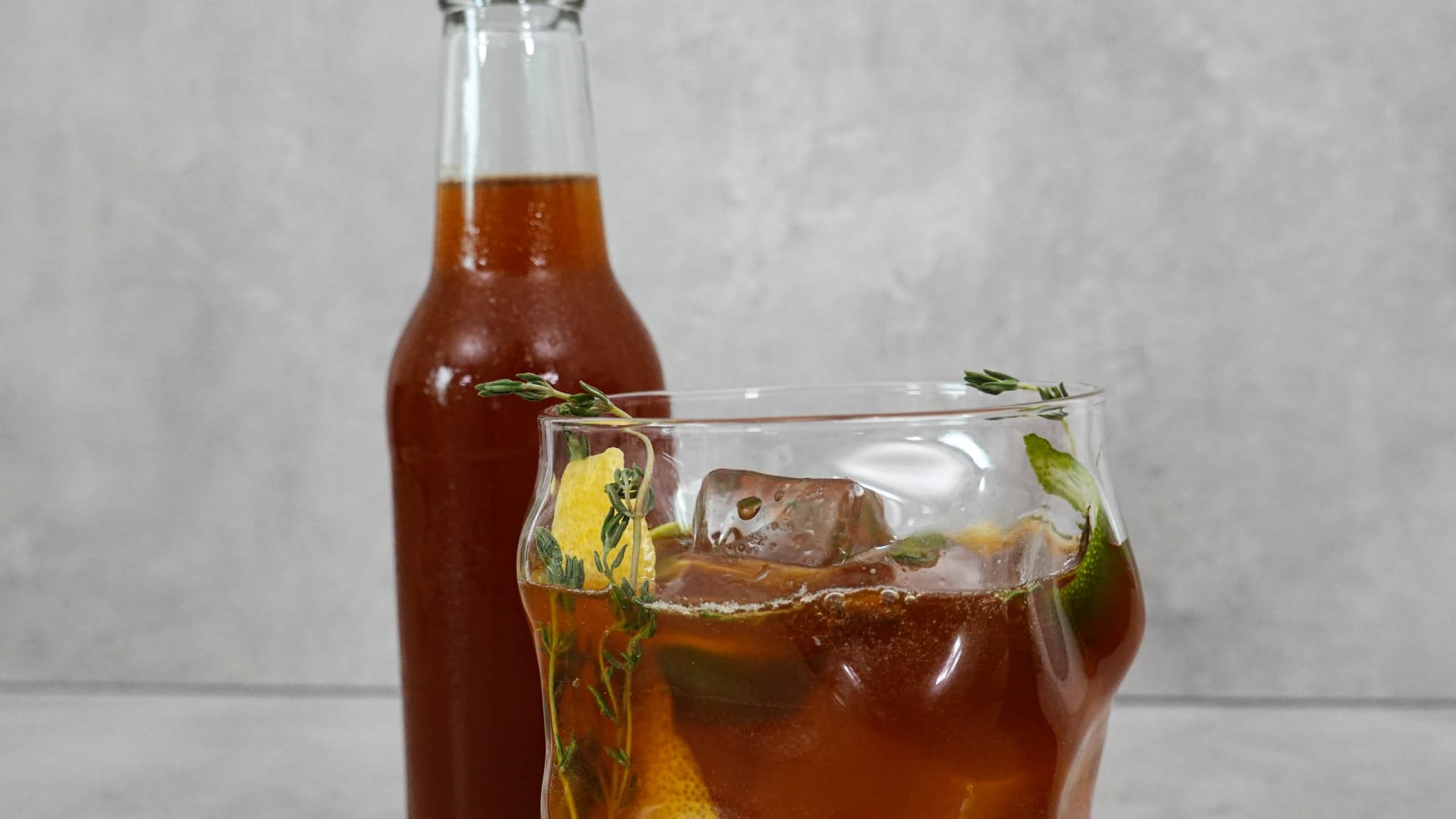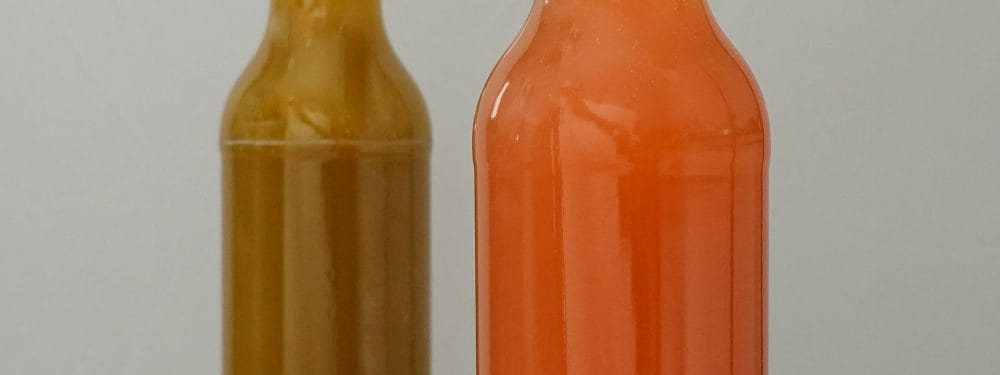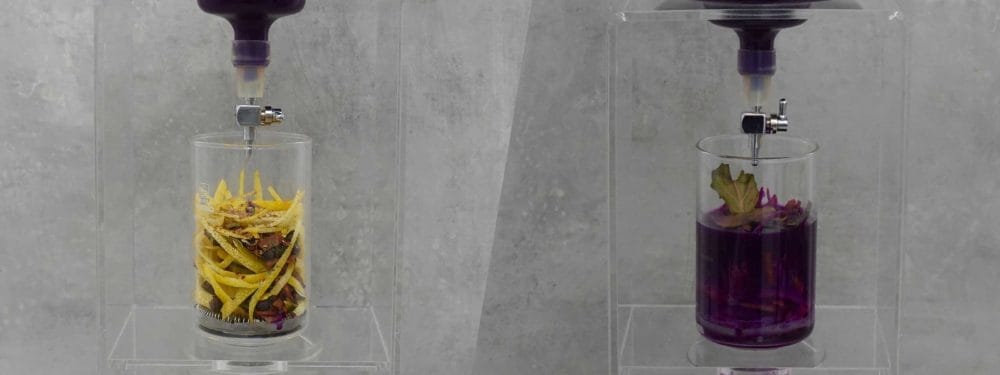Cold coffee:
Cold but Gold
Cold, caffeinated, with natural flavors of citrus and herbs. No, not Coke not Kohla either. It is about coffee and cold brew tonic respectively.
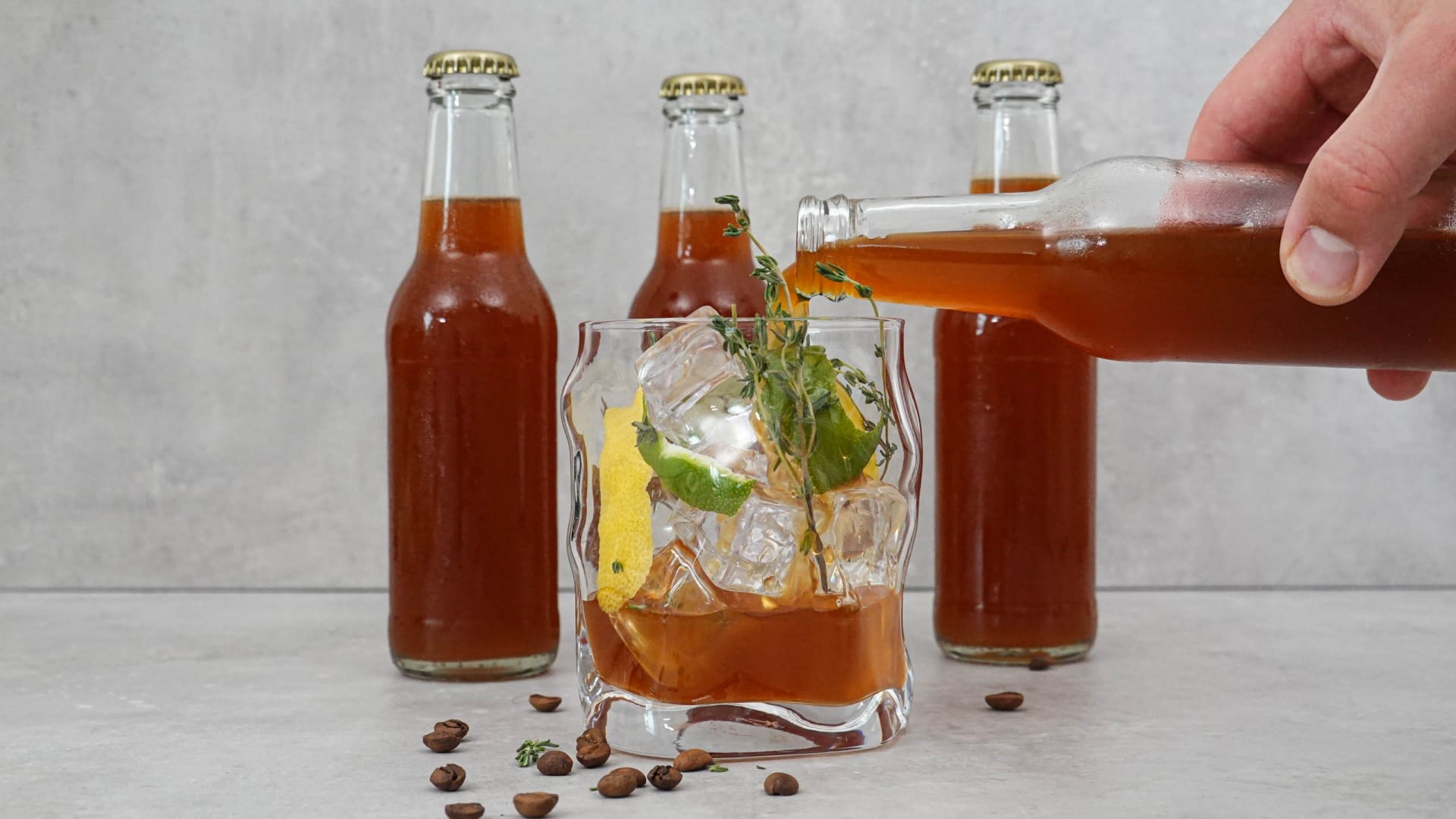
It’s a mixture of tonic water and coffee. It might sound unusual, but it’s a long-standing tradition among baristas. Is CBT set to become the new cola? Now available in the refrigerated section as a quick kick for any time of the day?
Coffee x Lemonade
We take on the matter and create a recipe for a coffee limo. We are guided by the basic ingredients: Coffee, citrus and cinchona bark. But we don’t want to drink just any cold brew coffee, we use the local Frankfurt coffee expertise for our project: Hoppenworth and Ploch(Crema Roasters of the Year 2021) recommended a filter roast for Cold Brew. This promises complex flavors through a light roast. We use a tasting pack with four varieties for our experiments: Izuba from Burundi, Kilimbi from Rwanda, Capim Branco from Brazil and Nuances from Colombia.
Hot Cold
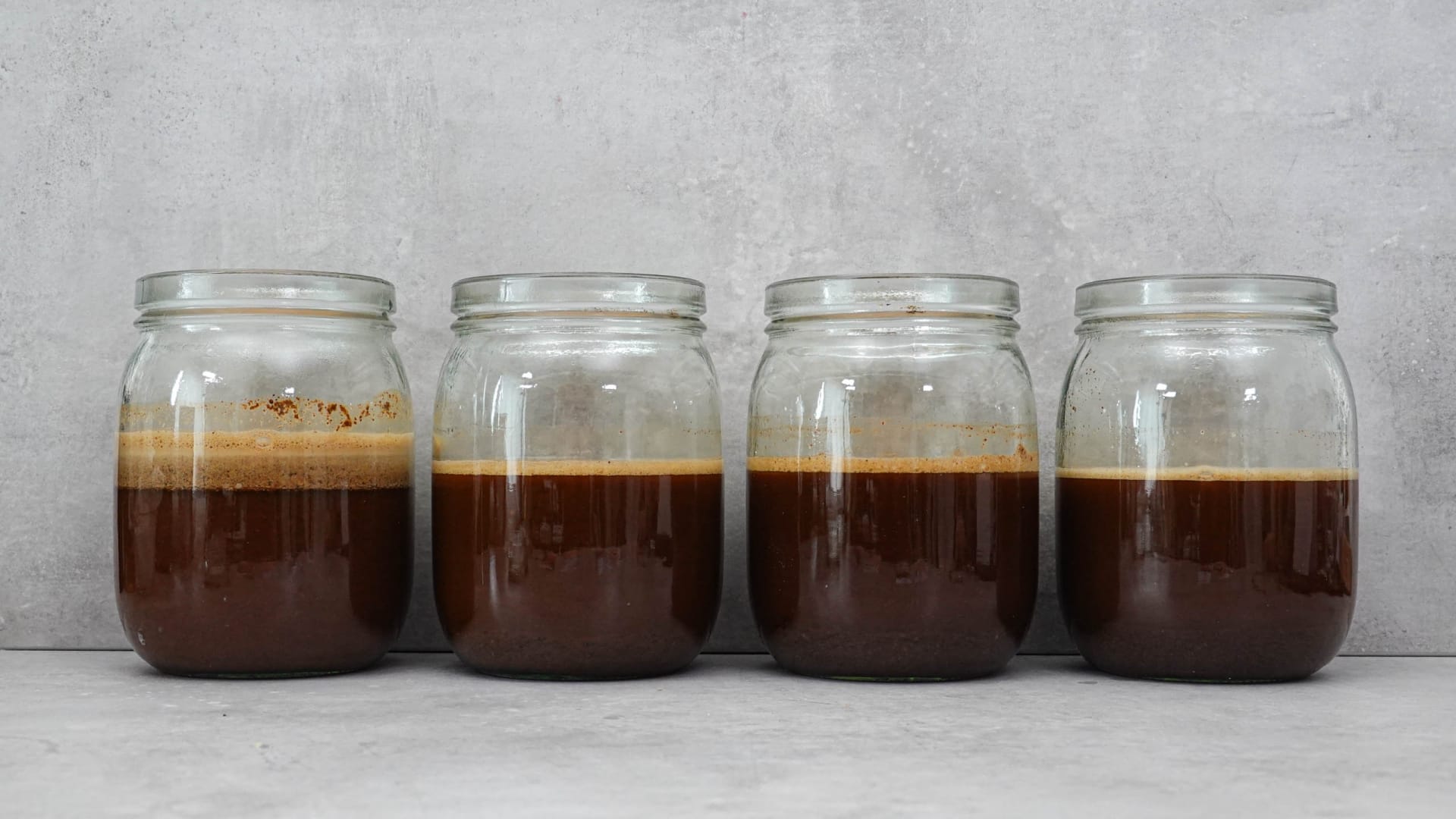
We finely grind the beans and pour the coffee powder into jars, then brew the coffee with boiling water – Wait a minute: boiling water for Cold Brew? Yes, you can. This may emphasize other flavors but speeds up the process and some experts even prefer this preparation to the classic cold method. So the water temperature can simply be used as another factor to influence the result.
After the hot brew, we cool the coffee down very quickly with ice cubes. This is done with constant stirring. We cover the glasses with the now cold coffee and put them in the refrigerator for 12 hours. We then filter the coffee and refrigerate it again.
Real Cold Brew Tonic
For the tonic syrup, we peel limes, lemons and grapefruit. The peels are coarsely chopped. Rosemary and thyme we also chop. We layer the citrus peels and herbs with juniper and cinchona bark in the filter of the cold brew machine. Despite the hot coffee, this is now used for the tonic. The pulp of peeled lemons, limes and grapefruit we juice and “brew” it cold. To intensify the taste of our “Cold Brew Juice”, we add fresh, finely chopped rings of lemongrass to the pot. We leave the juice to cold brew for a total of 24 hours. During this process, the brew passes through the filter three times. After each run, we taste the brew. It becomes more intense from time to time and the cinchona bark, in combination with the peels, brings a distinct bitterness to the juice.
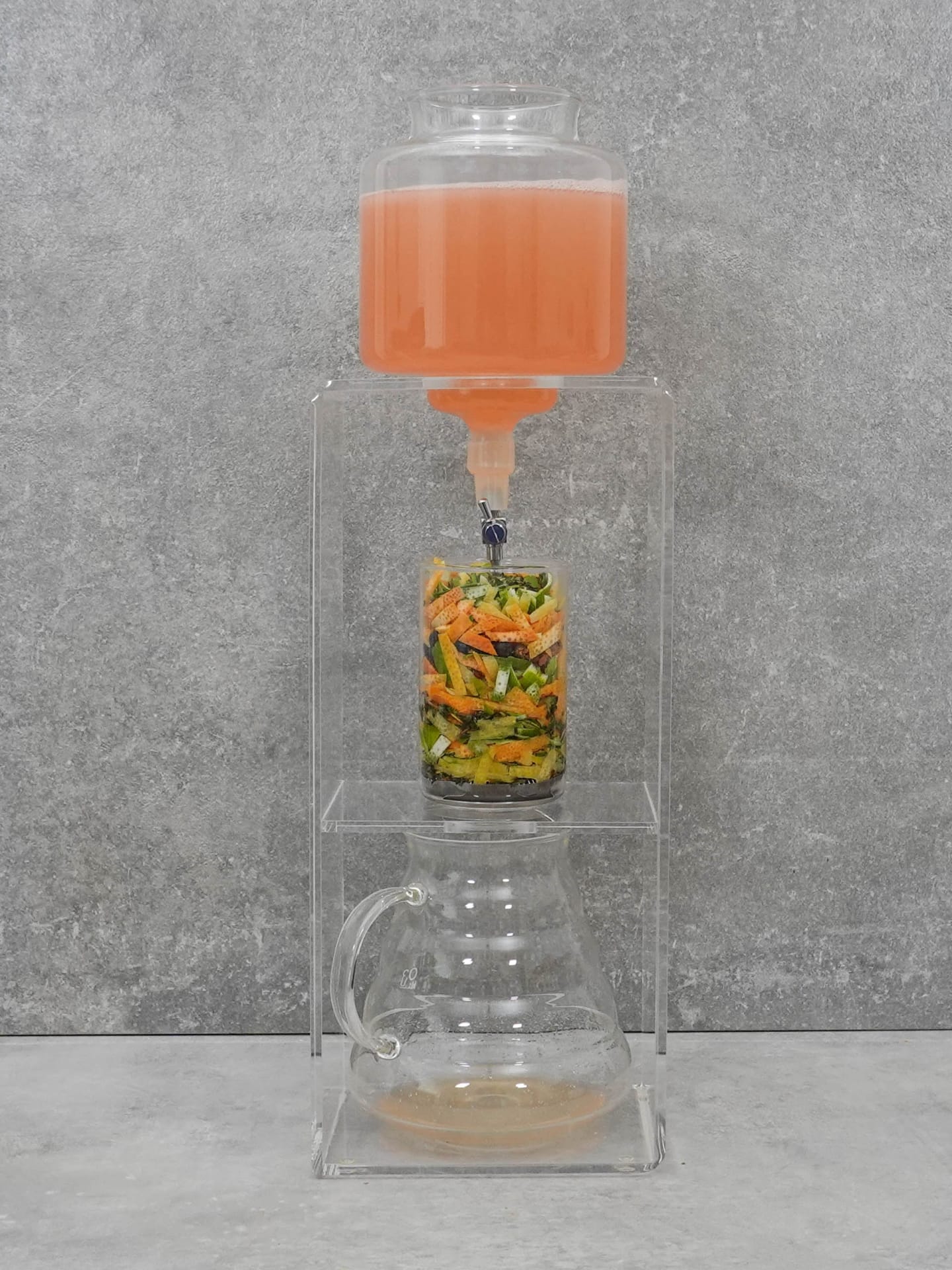
Not without fermentation
The finished brew we leave to mature for two days in a bottle in the refrigerator. Here we can observe a formation of carbonic acid. The slow manufacturing process at room temperature probably allowed fermentation. You wouldn’t necessarily want to drink normal fruit juice in this state, but anyone who, like us, has been intensively involved with fermentation processes right from the start doesn’t necessarily see anything negative in such changes. The taste is also very pleasant and the process is known and tested in a similar form of ginger beer, which is prepared with a ginger bug.
We then test the coffee with the bubbling syrup in various ratios. We also taste the different types of coffee among themselves. In the end, a combination of Izuba from Burundi and Nuances from Colombia won us over. The flavors of peach, hibiscus, pomegranate and kiwi are a perfect match for our syrup. As always, everything is a matter of feeling and personal sensation. Today, however, these two coffees in combination with the syrup convinced us in terms of taste.
Iced coffee rethought
The Cold Brew Tonic now comes in small 0.2l bottles and ready is the refreshing caffeine kick with fine coffee aromas – a perfect refreshment for the hot summer months. This could also be taken a step further: Why not serve an iced coffee with a tonic sorbet? We will continue to pursue refreshing ideas but for now enjoy our CBT.
Packaging design agency meets food lab
You want more fresh ideas? That’s exactly why a packaging design agency has a Food Lab. Because we want to deal with the core of the matter before we design the surface – that is, the packaging. Only those who understand a food product can translate its taste into suitable packaging design. That’s why we have creative minds working with food in the kitchen long before it comes to packaging.

